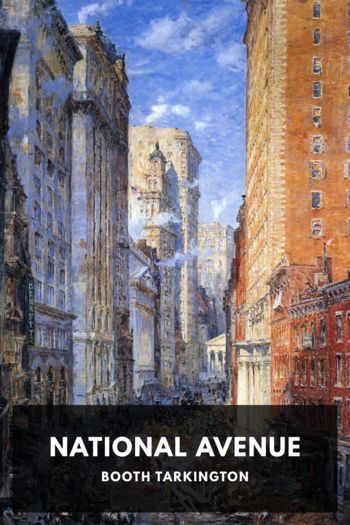Lost in the Labyrinth by Patrice Kindl (miss read books .txt) 📕

Read free book «Lost in the Labyrinth by Patrice Kindl (miss read books .txt) 📕» - read online or download for free at americanlibrarybooks.com
- Author: Patrice Kindl
Read book online «Lost in the Labyrinth by Patrice Kindl (miss read books .txt) 📕». Author - Patrice Kindl
I learned to live alone during that year; I learned to be self-sufficient. Now when I come down from the mountains I seem to live in a positive hive of activity among my animals and my nieces and nephews—so much so that I sometimes yearn for the peace and quiet of those lonely days.
I regret nothing, though I grieve for much.
I only wish I knew what my sister wanted to tell me.
Author’s Note
In the year 1900, the ruins of an enormous, labyrinthine palace of immense antiquity were uncovered on the island of Crete in the Mediterranean Sea. The Palace of Knossos (or Cnossos) and the civilization that created it quickly became associated with the Greek legend of the maze and the Minotaur. These fabulously wealthy and sophisticated people are known today as the Minoans, after King Minos of myth.
This book is an attempt to reconcile the archeological findings with that myth.
The story we know was first written down by an Athenian, Apollodorus, who lived sometime between 100 and 200 A.D. The civilization on Crete reached its peak of power and influence around 1700 B.C.E. (before the Christian, or Common, Era). The events in this tale therefore occurred nearly 2,000 years before Apollodorus was born. It is almost certain that the narrative altered somewhat during that time, over the course of countless retellings.
My version of this story differs in several ways from those told by Apollodorus, Ovid, and other writers. In most cases, the differences stem from the difficulty of making the myth fit some of the facts we now know about ancient Crete. Because so little of the written language of ancient Crete survived, there is much about this society that we do not know and that I have therefore invented.
For instance, it is possible but by no means certain that these people were ruled by a queen rather than by a king. The archeological record does seem to suggest that women had a great deal of power, and the myth itself implies that Queen Pasiphae was well able to protect herself and her strange offspring the Minotaur from a husband who could not have been pleased by the birth.
No one today knows exactly what the inhabitants of ancient Crete called themselves. We do know that their contemporaries, the Egyptians, referred to them as the “Keftiu,” and their land “Kefti,” or the “Island of Kefti,” so that is what I have called them here.
Some archeologists believe that ancient Crete was actually the lost island of Atlantis, which Plato tells us sank under the sea after a terrible cataclysm. In 1450 B.C.E. the island Thera, a close neighbor and a colony of Crete, was blown to bits by a violent volcanic eruption. The clouds of ash, tidal waves, and earth tremors resulting from this explosion apparently toppled palaces on Crete, sank her ships, and blighted her agriculture. Within fifty years, mainland Greeks had seized control of Crete and one of the world’s most remarkable civilizations was no more.
Legend tells us that Xenodice’s little sister Phaedra married Theseus in his old age. She then fell in love with his son by an earlier marriage. When her stepson refused to return her love, Phaedra killed herself, leaving a letter accusing him of assault. Theseus sent his son into exile with a curse on his head, and the young man died soon afterward.
Reason enough for Ariadne’s warning from beyond the grave, even though it proved to be as ineffectual as warnings from beyond the grave usually are.
Genealogy
Further Reading
On the subject of Greek mythology, two adult books are Edith Hamilton’s Mythology (Boston: Little, Brown, 1942) and Mary Renault’s The King Must Die (New York: Pantheon, 1958). For children’s books on this subject, see A Gift from Zeus: Sixteen Favorite Myths (New York: HarperCollins, 2001), written by Jeanne Steig and illustrated by William Steig, and Greek Myths (Boston: Houghton Mifflin, 1949), written by Olivia Coolidge.
Unfortunately, many of the books available on ancient Crete have lots of footnotes and few illustrations. However, I do recommend The Knossos Labyrinth (London: Routledge, 1989) and Minoans: Life in Bronze Age Crete (London: Routledge, 1990), both by Rodney Castleden.
Two good web sites are www.historywiz.com, a handsome site with basics of Minoan civilization and illustrated with Minoan art, and www.wsu.edu:8080/~dee/MINOA/MINOANS.HTM, a site created by Washington State University, with more text and fewer illustrations. These can also be found by searching using the keyword “Minoans.”





Comments (0)